Dry Lime Fruit - What Causes Dry Limes
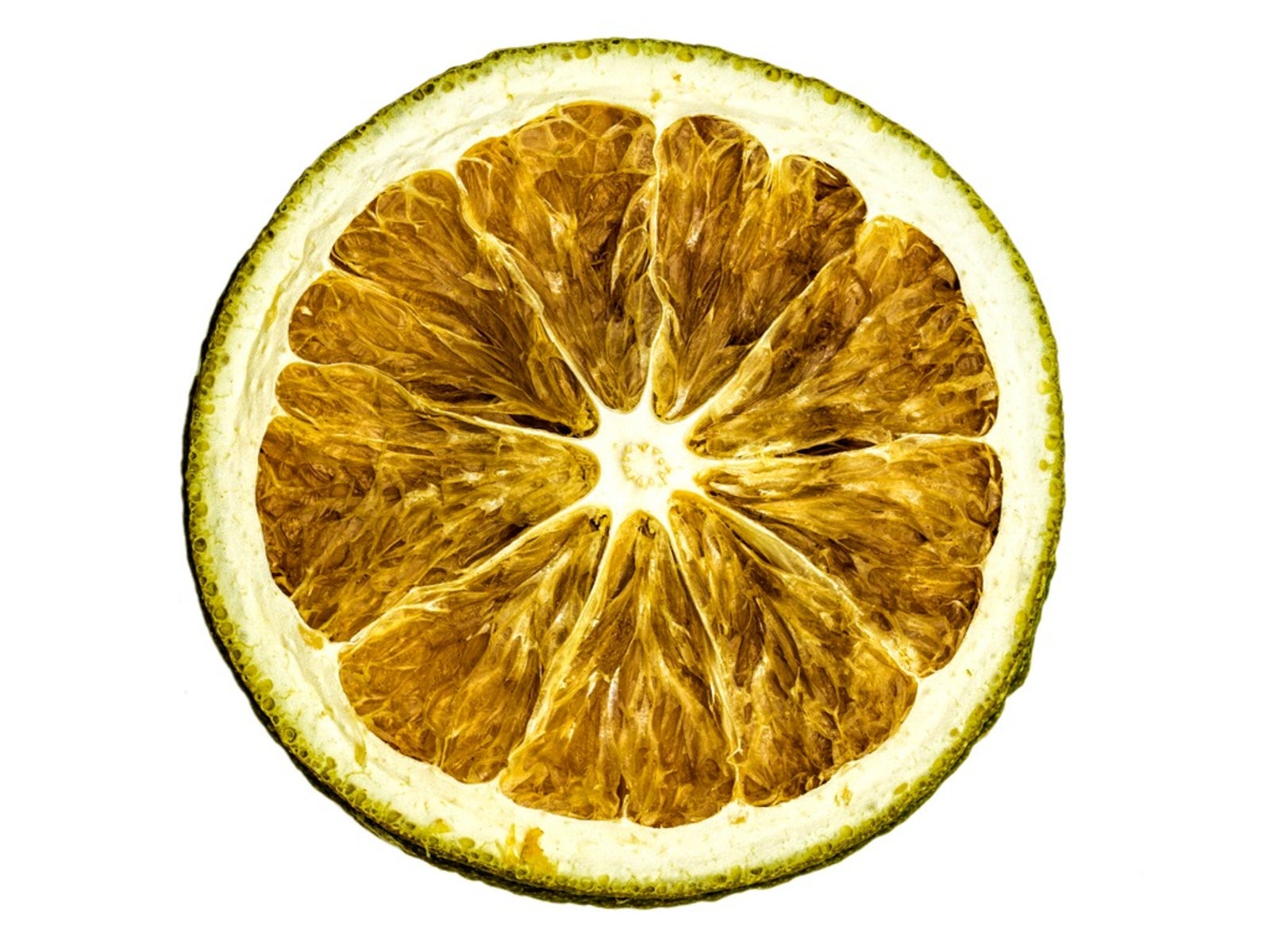

While the juice quality of citrus fruit, like limes, usually improves throughout the season the longer they're on the tree, there are occasions when those left for too long contribute to dryness. Therefore, harvesting limes just before they begin to turn yellow is the best time for picking nice, juicy fruits. Nonetheless, problems with dry limes do happen, and this is one of the most common complaints.
Cause of Dry Lime Fruit
Trying to determine the cause of dry lime fruit can be overwhelming unless you know what to look for. There are several reasons why limes are dry and pulpy. Dry limes may be associated with lack of water, over maturity, young trees, nutrient deficiencies, or stress-- due largely in part to improper fertilizing or planting-- and extreme changes in temperature. Improper watering - Improper watering is one of the most common causes of dry limes. Limes require plenty of water for healthy fruit development, especially when grown in containers. Lack of sufficient water inhibits juice quality in limes and may be why limes are dry. Give lime trees a deep watering at least twice a week, especially during periods of drought. Over maturity - Leaving limes on the tree too long can also be a cause of dry lime fruit. Limes are generally picked prior to reaching full maturity, while still green. Do not allow limes to turn yellow. Tree too young - Young lime trees, especially those during the first two or three years, commonly produce dry limes. As trees mature, the fruit production and juice content improves. Nutrient deficiencies/stress - Nutrient deficiencies or stress may be a cause of dry lime fruit. Improper fertilization is one factor contributing to this. Fertilizer is typically required once a year, although two applications are sometimes recommended-- once in February and following up again in May. Poor planting and insufficient soil drainage can also result in dry limes. Planting depth and healthy soil are important factors to consider when limes are dry. Citrus trees should be planted at the same depth or within an inch (2.5 cm.) less of the root ball. To ensure healthy soil, amend it with compost, also keeping in mind that most citrus trees prefer pH levels between 6.0-6.5. Make sure the location and soil provide adequate drainage as well. Limes should also be planted in sunny locations and well protected from cold. Some limes, however, such as the Kaffir lime, are naturally dry. Therefore, you should so keep this in mind when choosing lime trees. If your healthy-looking limes are dry, there can be several causes. Once you eliminate each cause of dry lime fruit, you will be better equipped to find and fix the influencing factor. No more worries, no more dry limes.
Gardening tips, videos, info and more delivered right to your inbox!
Sign up for the Gardening Know How newsletter today and receive a free copy of our e-book "How to Grow Delicious Tomatoes".

Nikki Tilley has been gardening for nearly three decades. The former Senior Editor and Archivist of Gardening Know How, Nikki has also authored six gardening books.
-
 Looking For Plants To Give You The Soft And Fuzzies? Try These 5 Fuzzy Leaf Plant Options
Looking For Plants To Give You The Soft And Fuzzies? Try These 5 Fuzzy Leaf Plant OptionsLovers of texture, drama, silver foliage and tactile plants will adore these special sensory garden additions. These fuzzy leaf plant options will leave you all aglow
By Susan Albert
-
 Get Ready For A Summer Of Hummers! Grow These Full Sun Hummingbird Plants and Flowers
Get Ready For A Summer Of Hummers! Grow These Full Sun Hummingbird Plants and FlowersIf you’re lucky enough to enjoy a sunny backyard, make sure you are maxing out on your pollinator opportunities and grow these full sun hummingbird plants and flowers
By Tonya Barnett
-
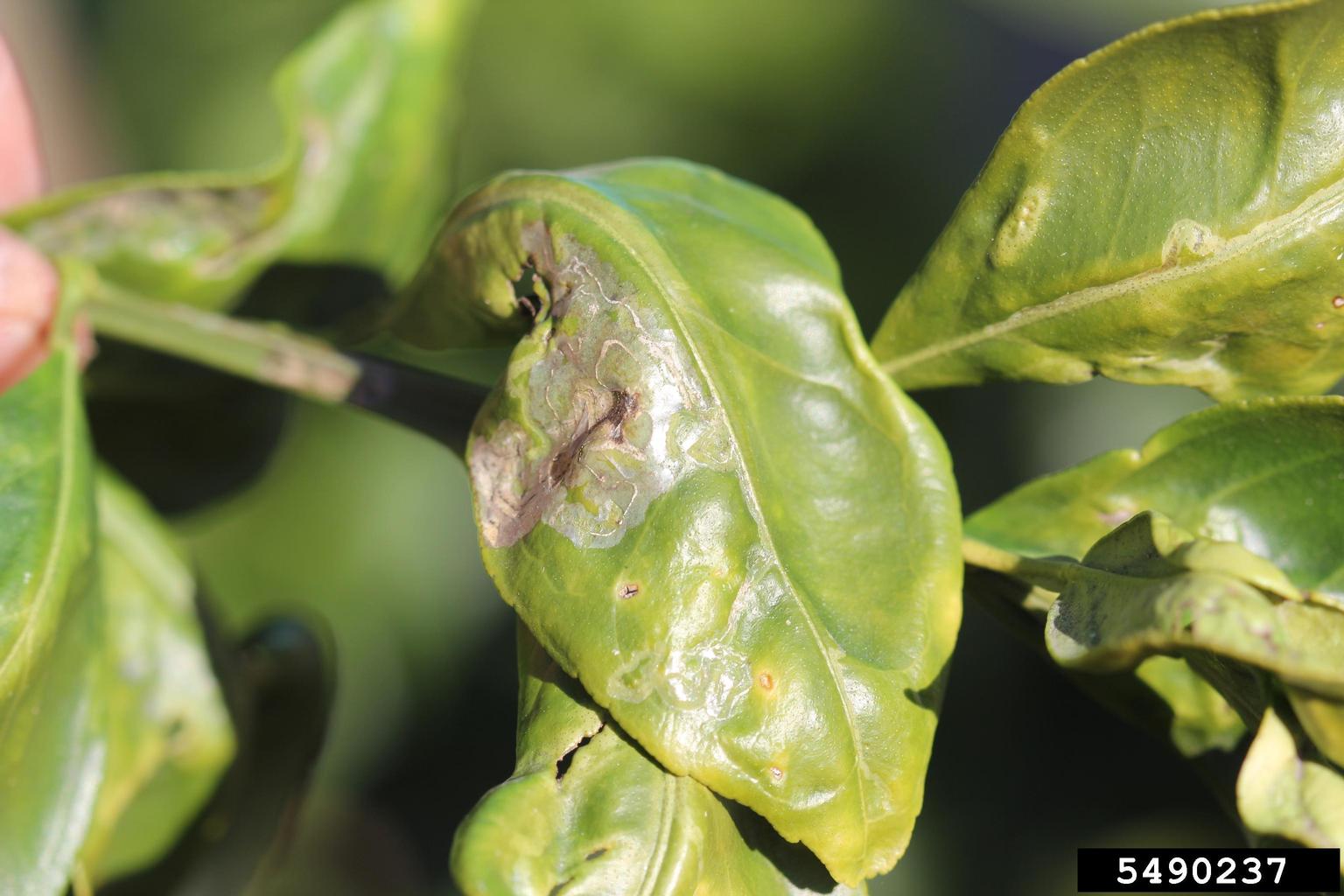 Lime Tree Leaf Curl: What Causes Curling Leaves On Lime Trees
Lime Tree Leaf Curl: What Causes Curling Leaves On Lime TreesYour lime leaves are curling and you have no idea where to start treating them. Have no fear, there are many innocent causes of leaf curl on lime trees. Learn what to look for and how to handle common lime tree leaf curl problems in this article.
By Kristi Waterworth
-
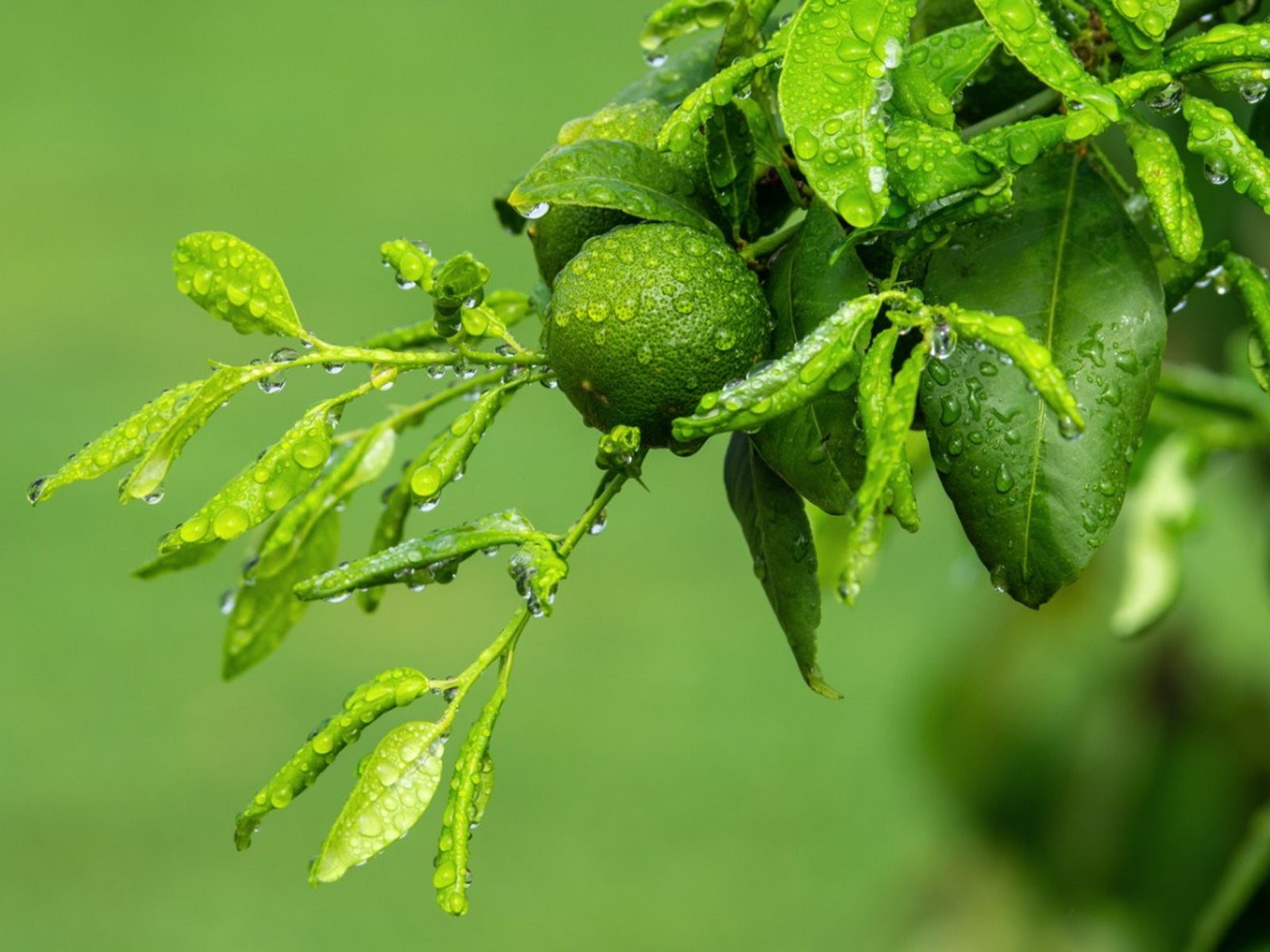 Fertilizing Lime Trees – Learn How To Fertilize A Lime Tree
Fertilizing Lime Trees – Learn How To Fertilize A Lime TreeGot a lime tree? Wondering how to fertilize your lime tree? Lime trees, like all citrus, are heavy feeders and, therefore, need supplemental fertilizer. But the question is, when do you fertilize lime trees? Click here and find out in this article.
By Amy Grant
-
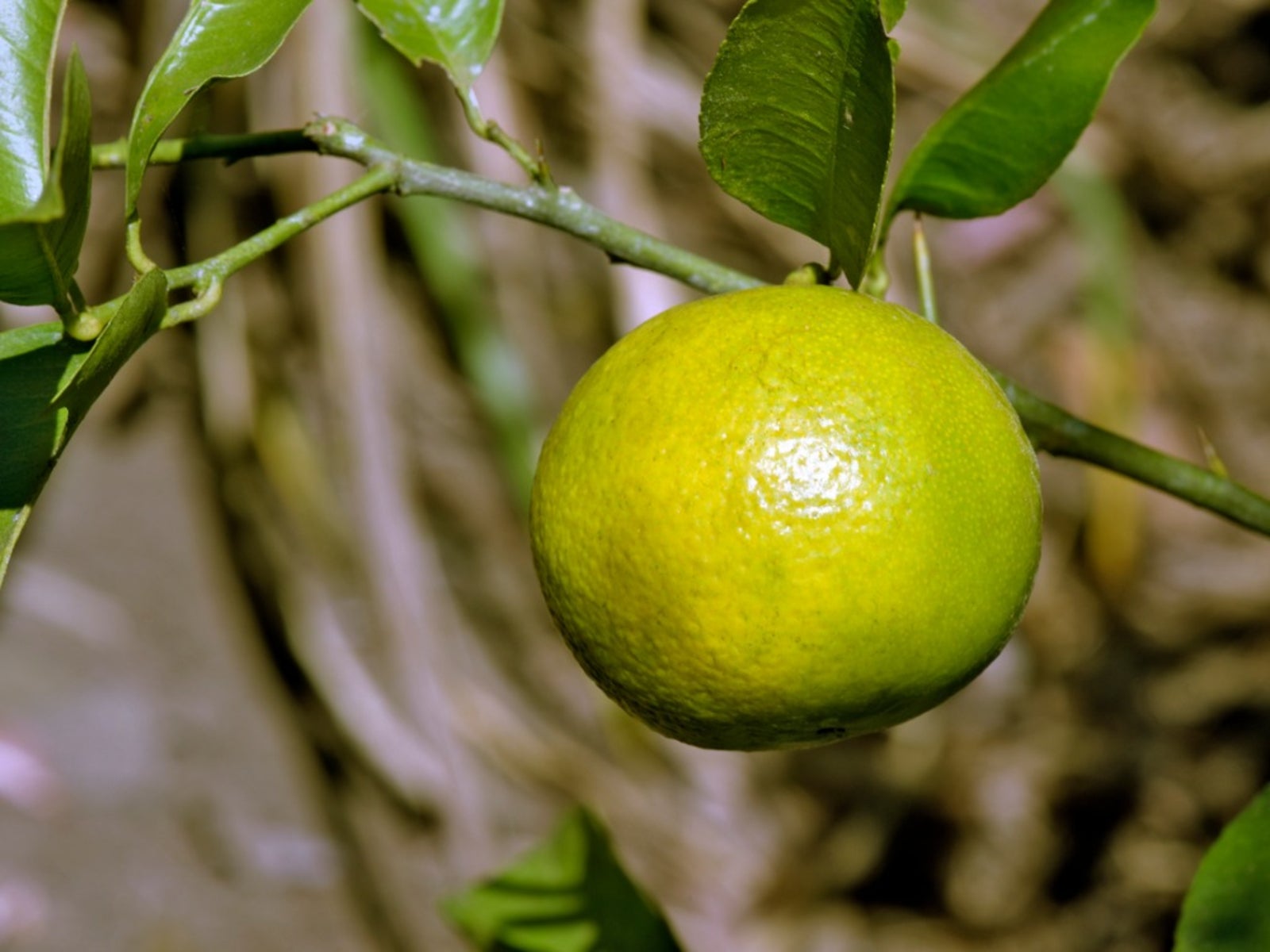 Sweet Lime Varieties – Sweet Lime Tree Growing And Care
Sweet Lime Varieties – Sweet Lime Tree Growing And CareThere's a new citrus on the block! Okay, it isn't new, but fairly obscure in the United States. We're talking sweet limes. Yes, a lime that is less tart and more on the sweet side. Intrigued? This article contains additional information.
By Amy Grant
-
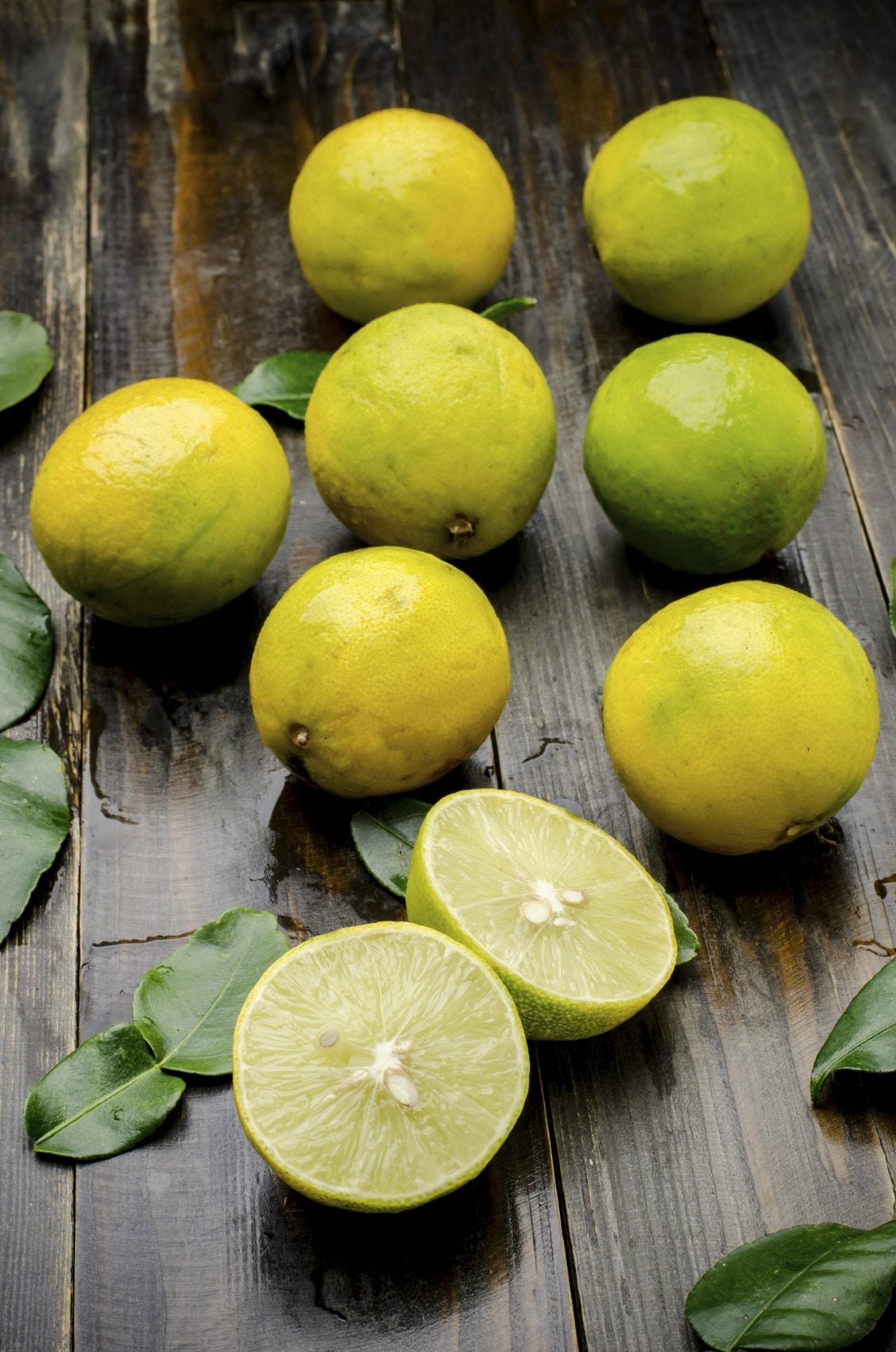 Are Yellow Limes Bad: What To Do With Yellow Limes
Are Yellow Limes Bad: What To Do With Yellow LimesWhen we purchase limes, they are generally fairly firm but with a slight give and uniformly green in color. What happens if you encounter limes with yellow skin though? Are yellow limes bad? Click here to learn more.
By Amy Grant
-
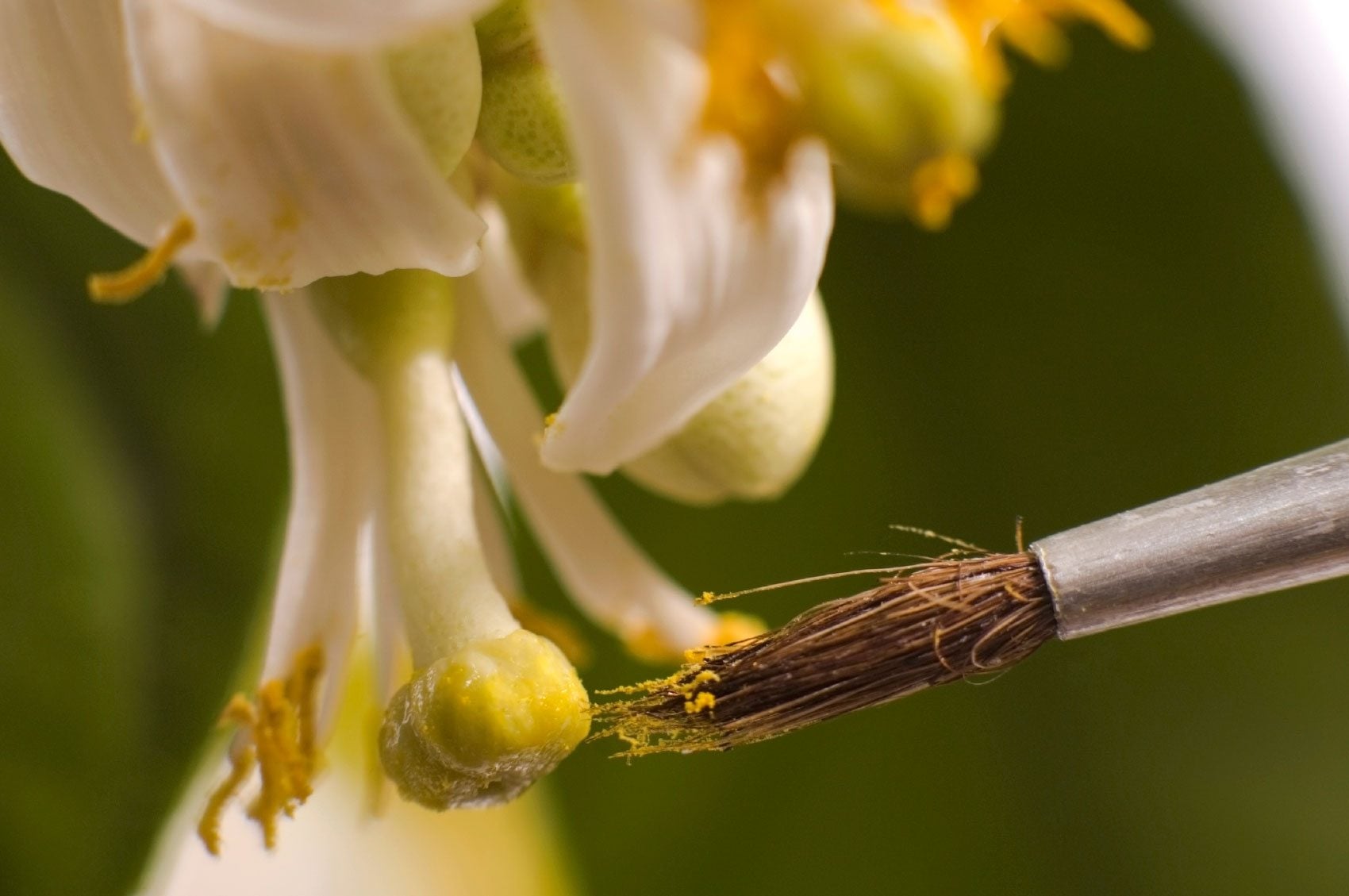 Hand Pollinating Lime Trees: How To Hand Pollinate A Lime Tree
Hand Pollinating Lime Trees: How To Hand Pollinate A Lime TreeIs your lime tree less than stellar in the pollination department? If your yield is meager, perhaps you have wondered if you can hand pollinate limes? This article will help you with hand pollination of lime trees.
By Amy Grant
-
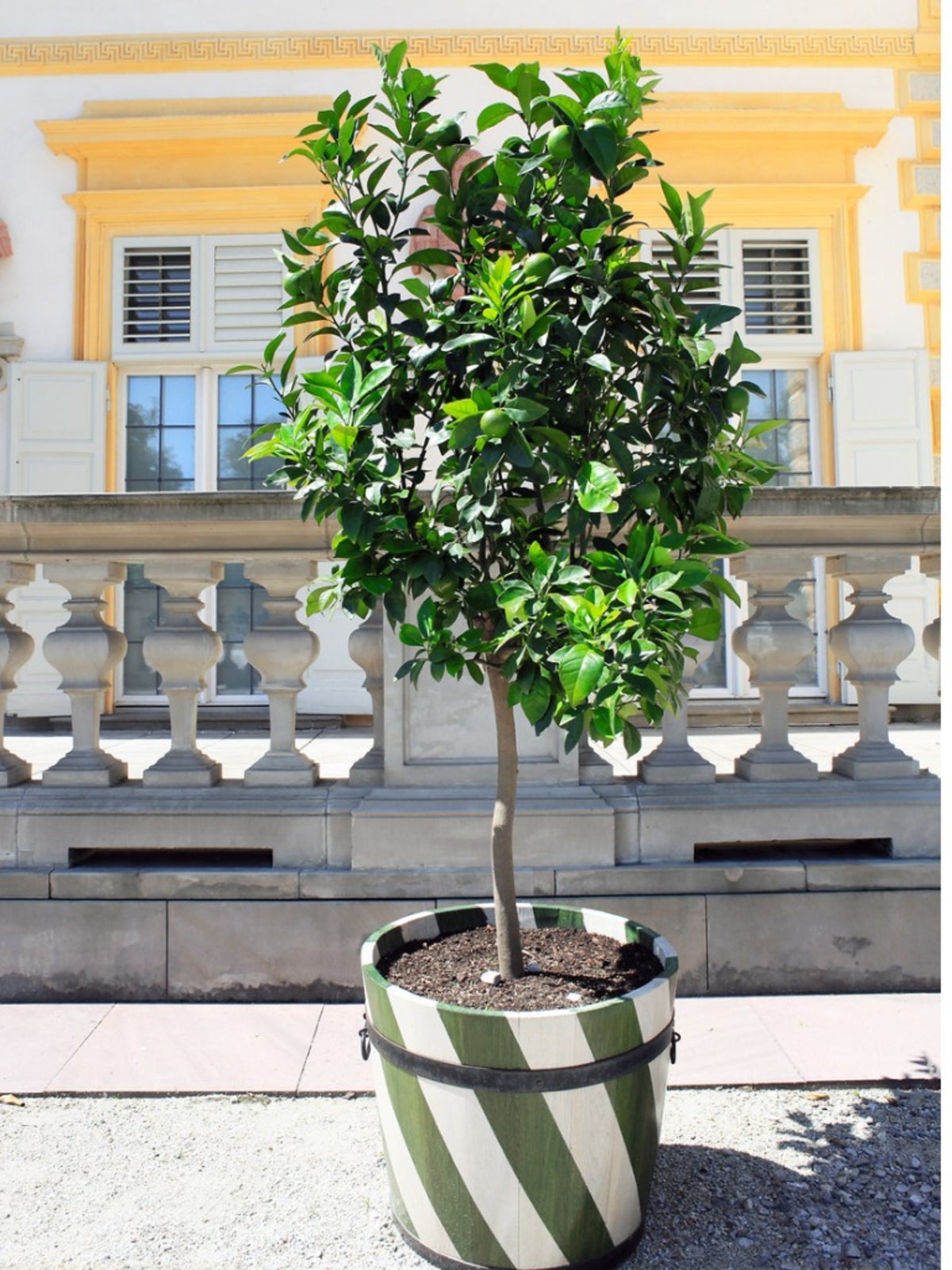 Potted Lime Trees: Caring For Container Grown Lime Trees
Potted Lime Trees: Caring For Container Grown Lime TreesGrowing lime trees in pots have the advantage of ease of movement and protection from cold. The information in this article will help with growing a potted lime tree. Click here to learn more.
By Amy Grant
-
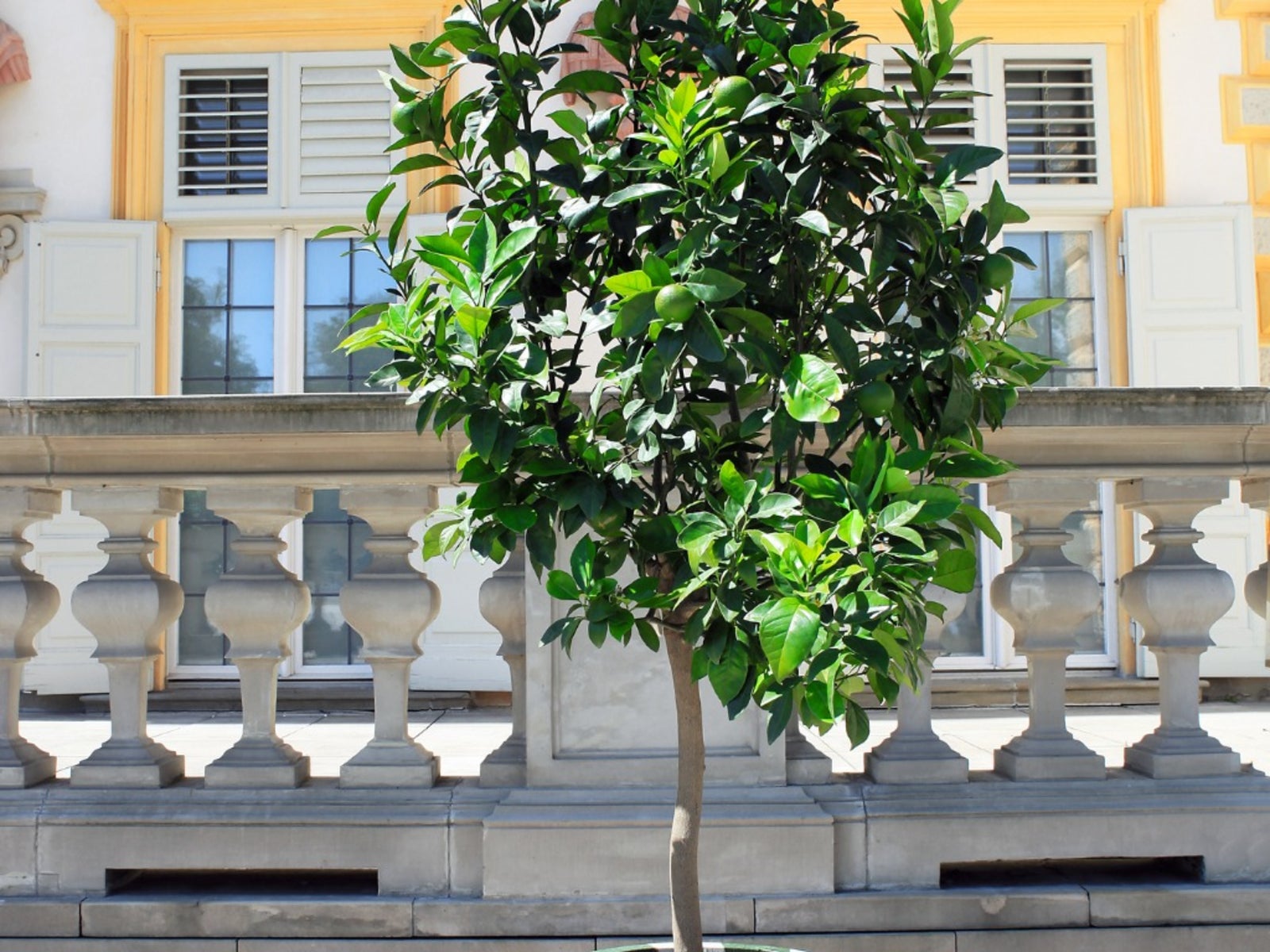 Watering Limes: How Much Water Do Lime Trees Need In Containers
Watering Limes: How Much Water Do Lime Trees Need In ContainersPlanting limes in pots will enable you to move them around more easily and grow them in cooler climates - but watering is crucial. How much water will these lime trees need? Read this article to find out.
By Amy Grant
-
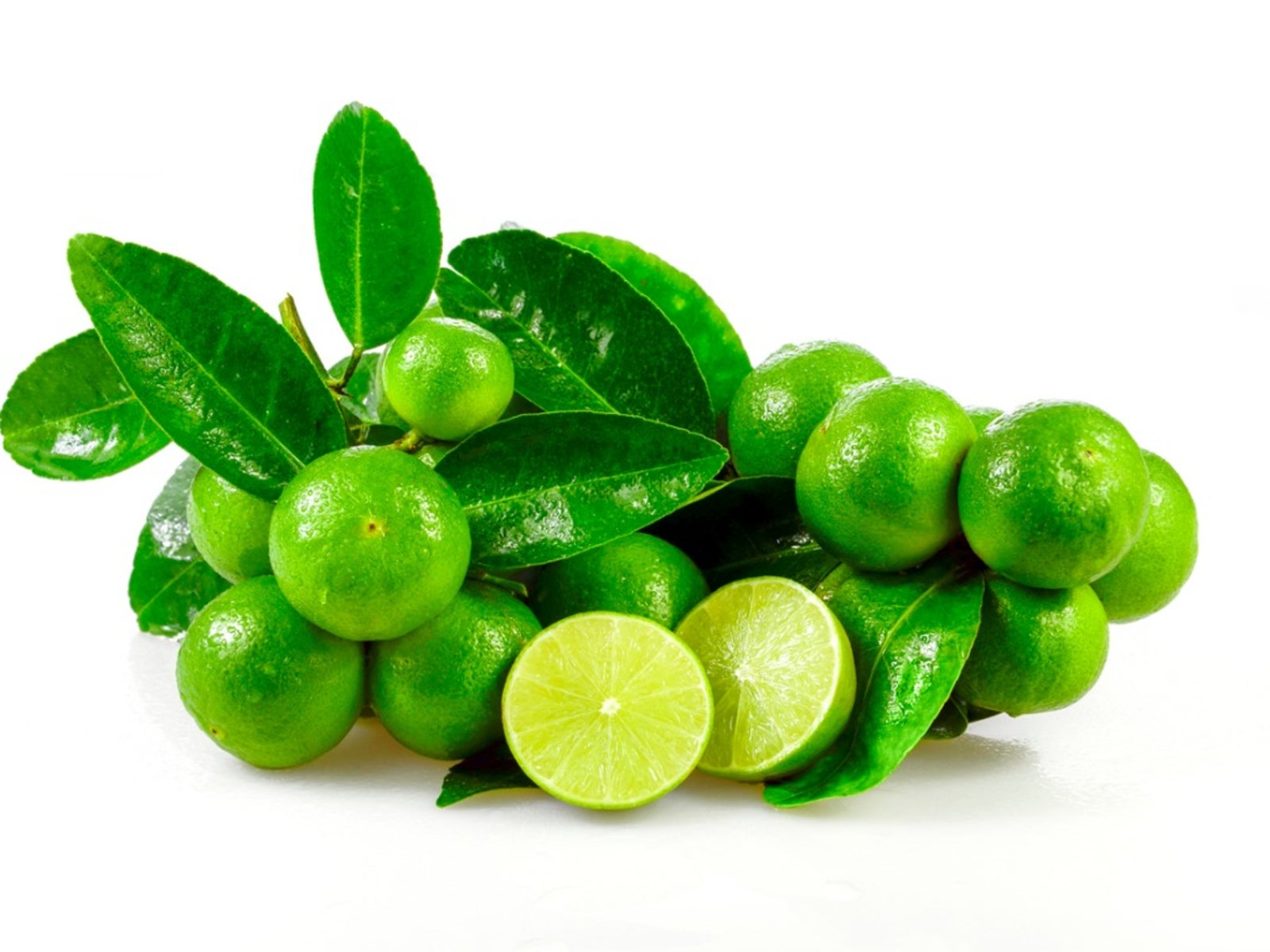 Mexican Key Lime Tree Information: Tips For Growing Key Limes
Mexican Key Lime Tree Information: Tips For Growing Key LimesAlmost anyone can grow Mexican key lime trees if you have the right information. Take a look at the growth and care of key lime trees in the following article and see if this lime tree variety is right for you.
By Gardening Know How